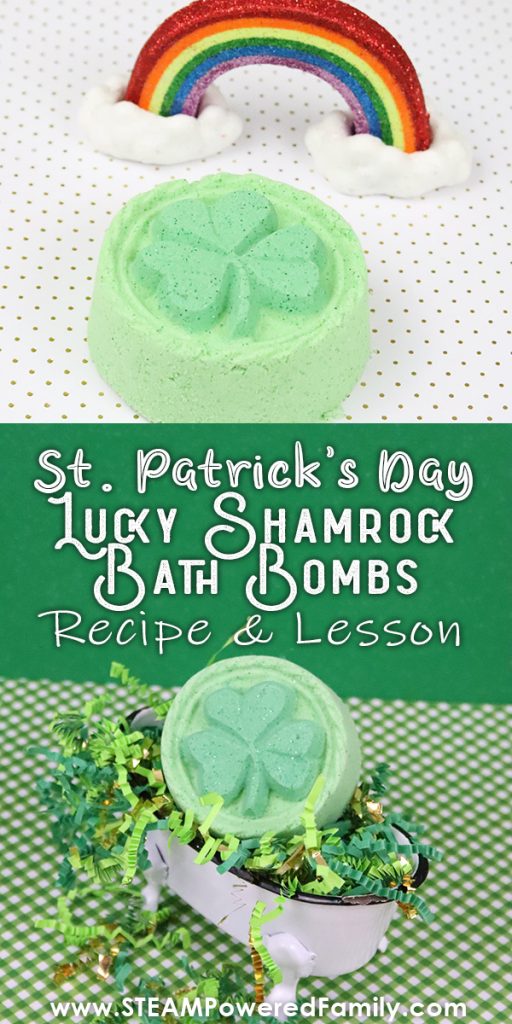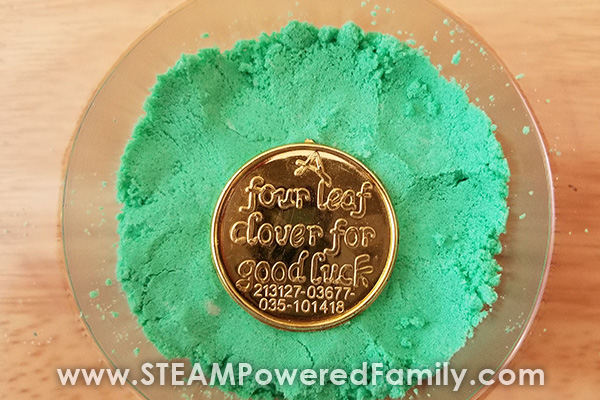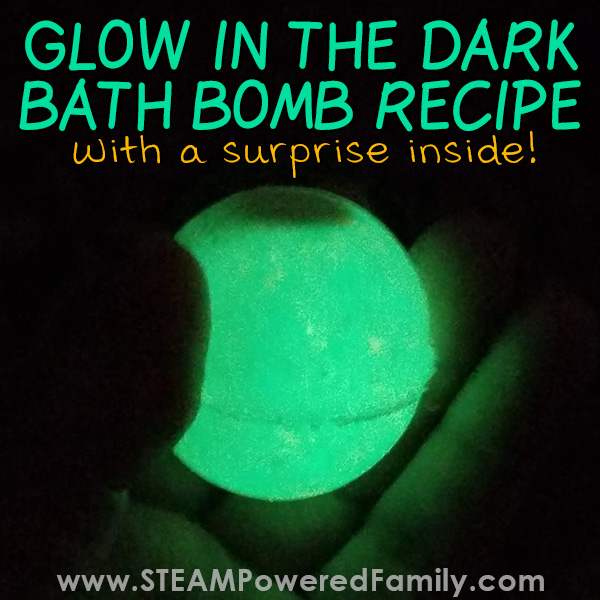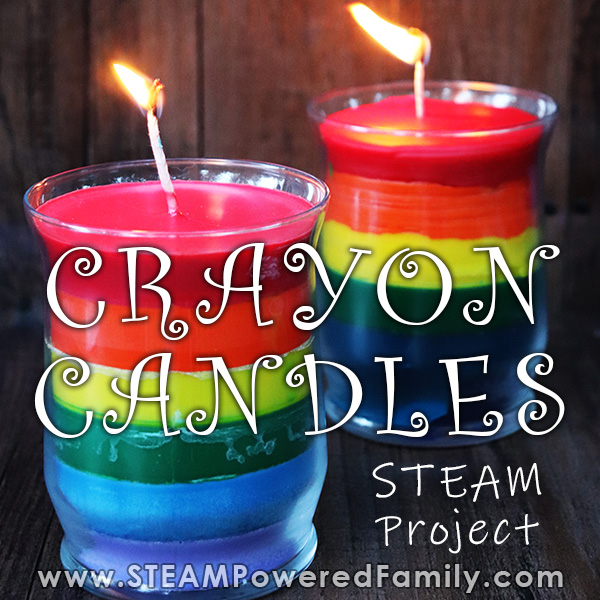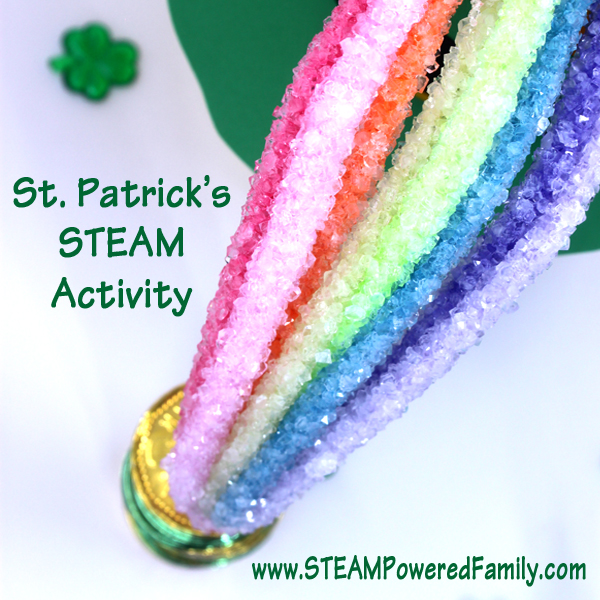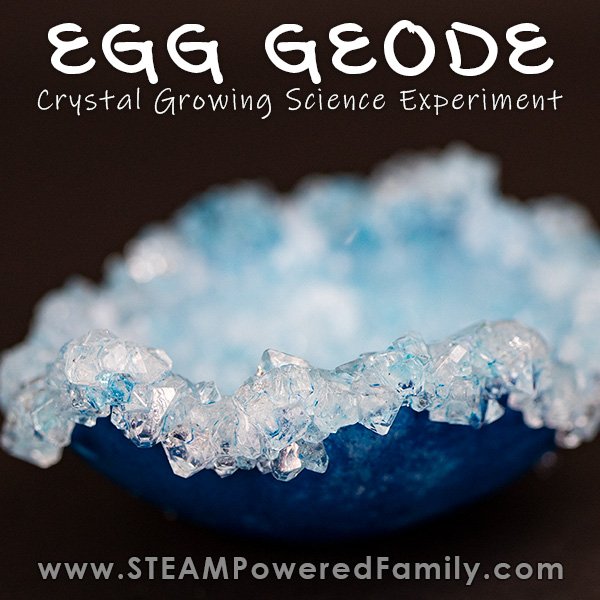St. Patrick’s Day Bath Bombs Recipe – Lucky Shamrocks
The luck of the Irish may be with you with this fun bath bomb project for St. Patrick’s day. It’s a fantastic chemistry lesson, plus kids will have fun erupting their bath bombs and finding a lucky coin inside! Not to mention the wonderful, hydrating, soothing recipe which includes goat’s milk for that winter dry skin. This is one bath bomb project you need to do in March! St. Patrick’s Day Bath Bombs always bring luck!
LUCKY SHAMROCK GREEN BATH BOMBS WITH HIDDEN COINS
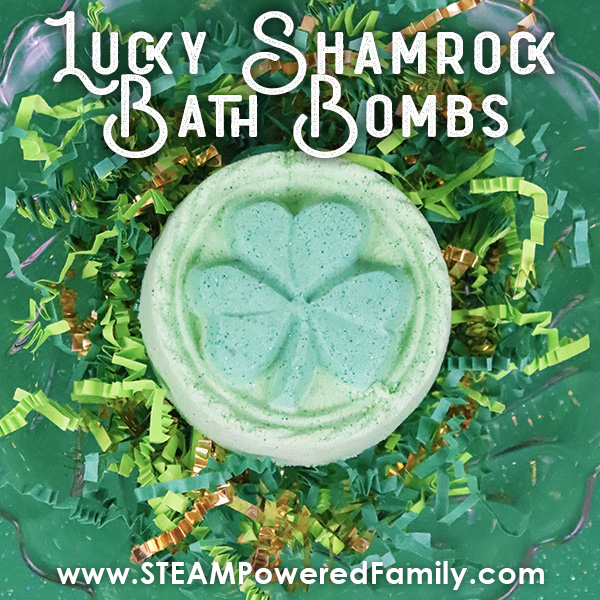
Disclaimer: This article may contain commission or affiliate links. As an Amazon Influencer I earn from qualifying purchases.
Not seeing our videos? Turn off any adblockers to ensure our video feed can be seen. Or visit our YouTube channel to see if the video has been uploaded there. We are slowly uploading our archives. Thanks!
Bath bomb making is a wonderful way to bring some real world science and chemistry to your lessons. Best for tweens and teens, these projects always excite the kids and get such an enthusiastic response. It’s the reason we continue to make bath bombs regularly. My kids keep asking for it!
The History of St. Patrick’s Day
Whenever we do a bath bomb project it gives us a great opportunity to discuss topics. Since this is a St. Patrick’s Day bath bomb I wanted to discuss the history of St. Patrick’s Day. When my kids were younger all they knew about this day was that everyone had to wear green and leprechaun’s were mischievous little creatures that you had to watch out for! Now they are older, I wanted them to know a bit more about this day.
St. Patrick’s Day is a cultural celebration held on March 17th. This is the day the patron saint of Ireland died, St. Patrick (385-461 CE). On March 17th, people around the world celebrate Irish heritage and Ireland. My husband is part Irish, so that makes this even more important for our kids, and like many of Irish heritage, it is a fun and popular way to celebrate our ancestry.
Why the Shamrock? The shamrock is used as a symbol of St. Patrick’s Day because St. Patrick used the 3 leaf plant to explain the Holy Trinity to the Irish Pagans.
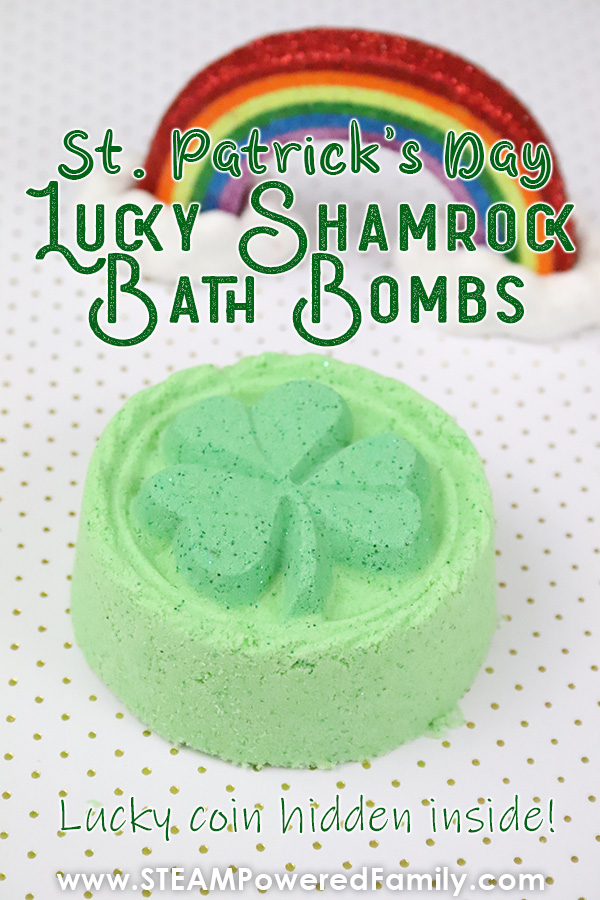
The Science of Bath Bombs
So now we have a bit of history, let’s talk about the science! I have yet to meet a kid who doesn’t think science that explodes or erupts isn’t awesome. That’s part of what makes bath bomb projects so appealing to kids. It’s almost like magic the way they don’t react until you add water.
If you have younger kids, I recommend starting with one of our baking soda and vinegar science experiments to introduce these concepts of acid – base reactions. Hatching Dino Eggs or Bottle Rockets are fun places to start with younger ones.
Once your kids are a little older, involve them in making bath bombs, and they can draw on the lessons they learned with those other projects making these lessons more impactful.
Bath bombs, just like the baking soda and vinegar experiments, are an acid-base reaction. Our acid is Citric Acid, base is Baking Soda. Unlike our earlier experiments though, these don’t react when mixed.
This is a great moment to ask your kids to try and think why they don’t react. What is missing?
Water!
Yup, water is needed to trigger the reaction between our acid and base resulting in our bubble, fizzy, fun bath time.
A NoTE ABOUT POLYSORBATE 80 (& more science)
Polysorbate 80 may sound foreign and strange, but without it your bath bomb is going to create a massive mess. Always use polysorbate 80 when making bath bombs. Why?
This is another great moment to ask your kids to take a look at the ingredient list and ask if they see any problems.
What happens when you mix oil and water?
That’s right, the oil floats on top.
You need an emulsifier, polysorbate 80, to mix the oil and water together. This gives you a wonderful, colourful bath water. If you don’t use polysorbate 80, your colours and oils will float on top of your water like this scummy sludge, sticking to you, the sides of the bath tub, and generally making bath time a big old mess.
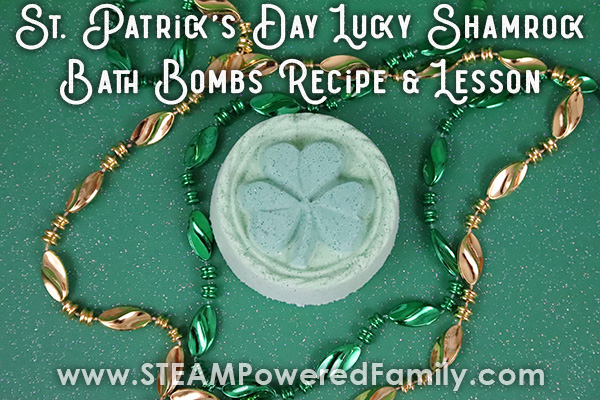
How to make lucky shamrock bath bombs
SHAMROCK BATH BOMB SUPPLIES
- 1.5 cups baking soda
- 1 cup citric acid
- 1/2 cup cornstarch
- 1/4 cup goats milk powder
- 1/4 cup coconut oil
- 1 tablespoon polysorbate 80
- 15 drops rosemary essential oil
- 15 drops eucalyptus essential oil
- 2 different shades of green mica powder (light and dark)
- Pretend gold coins
- Shamrock mold
- Spray bottle of rubbing alcohol
- 1 large mixing bowl
- 2 small bowls
- 1 microwave safe bowl
- disposable gloves
ST. Patrick’s Day Bath Bombs DIRECTIONS
Step by step instructions for making bath bombs
- Mix dry ingredients
Add the dry ingredients, baking soda, citric acid, cornstarch, and goats milk powder, to a large bowl. Stir until well combined.
- Mix wet ingredients
In a small microwave safe bowl melt the coconut oil until it is liquid. Do it in 15 second intervals to prevent overheating. Add the polysorbate 80 and essential oils. Mix well. Then add to the dry ingredients.
- Blend
Mix the wet and dry ingredients together well. Use a spoon and your hands to breakdown all the clumps. Once it is the consistency of wet sand the mixture is ready.
- Separate
Split the mixture into 2 bowls with 3/4 going into one bowl and 1/4 into the other bowl.
- Colour
Add 1 tablespoon of the light green mica to the larger portion, and 1 tablespoon of darker green mica to the smaller portion. I recommend using disposable gloves for this step. Now mix the colours in well using your hands.
- Filling the mold
Using a small spoon, add the darker mixture to the clover in the middle of the mold and press in firmly. Fill the mold halfway with the lighter color mixture, then place the coin in the center before filling the mold the rest of the way to the top. Press down firmly.
- Setting
Wait 48 hours for the mixture to dry completely. Once they are completely dry, turn over the mold on a plate or cutting board and tap gently to release the bath bomb from the mold.
Troubleshooting St. Patrick’s Day Bath Bombs
Bath bomb recipes are very sensitive to environmental conditions. If you find your bath bombs are not drying and hardening in the molds or are expanding in the molds it could be that it is too humid. Either use a dehumidifier or wait for a dryer day.
On the other hand, I’ve been struggling with it being too dry here in our Canadian winters. So I find I need to up the coconut oil a bit. If you need to do this, just do a teaspoon at a time so you don’t overdo the coconut oil. If you find your bath bombs are not mixing well into your bath water after increasing the coconut oil, you might need to adjust the amount of polysorbate 80 as well to compensate for the extra oil.
However if you find your mix starts out nice, but dries out a bit too fast while you are packing the molds, simply spritz the mixture with a bit of rubbing alcohol while you are packing the molds.
STORING & Shelf life of BATH BOMBS
These St. Patrick’s Day Bath Bombs should be stored in airtight containers or wrapping. It is important that you protect them from moisture in the air as much as possible.
As bath bombs age, they will lose their ability to fizz. So the sooner you use your bath bomb, the better reaction you will see.
Happy Bath Bomb Making And Happy St. Patrick’s Day!
